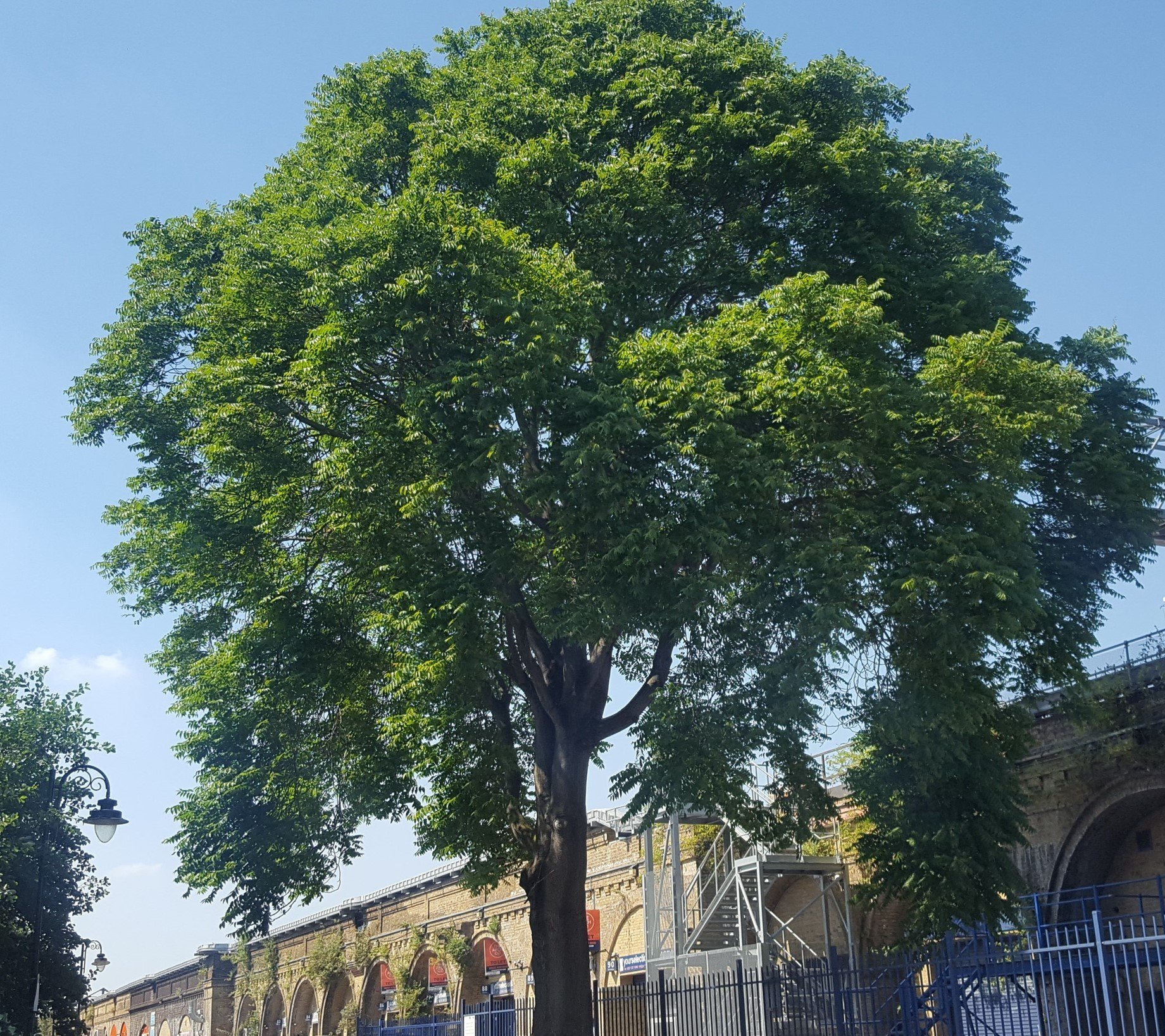
Reviving the Salter inspiration and vision
Steering group
Sheila Taylor (co-ordinator)
Chair, Cherry Garden Tenants & Residents Association, which includes the Salter cottages. Trustee of the Salter Statues Campaign (2012–14).
Sarah Vaughan
Co-founder of Trees for Bermondsey, working to protect and increase tree canopy and to create green links between public spaces, streets and estates.
Graham Taylor
Historian. Author of the biography ‘Ada Salter: Pioneer of Ethical Socialism’ (2016), revealing Ada’s impact on Bermondsey and national politics.
Divya Hariramani Herrero
Renewable energy engineer. Southwark Ranger with London National Park City. Urban fruit tree forager; co-designer of two new orchards for Bermondsey.
David Green (treasurer)
Professor of Historical Geography, King’s College London. Leading national research project: ‘Addressing Health’. Treasurer of Cherry Garden TRA and the Salter Centenary Project.

On the Thames Path in Bermondsey is a group of statues called Dr Salter’s Daydream by sculptor Diane Gorvin (2014). It replaced a stolen statue of Alfred and added a new one of Ada.
Read the information board.
Alfred’s great-niece, Jo Crawshaw:
“Growing up in the 1950's and 1960's, my father and aunt often spoke about their favourite uncle who had been a doctor and an MP near to them in London. They told me the sad story of Alfred and Ada losing their beloved daughter, Joyce, to scarlet fever, and later, how my father and aunt had enjoyed holidays with them in Switzerland.
Decades later, and years after both my father and aunt had passed away, I saw an article in The Times about the theft of Alfred's statue, and I knew at once that this was my great-uncle. I saw how upset local people were, and I wanted to get involved in the fund-raising for new statues.
On our trips to Bermondsey, my husband and I were so warmly welcomed by the people there, and it was amazing to discover how loved Alfred had been in the community, both as an MP and a doctor. This was before the setting up of the NHS, with free treatment for all, but Alfred was happy to treat all of his patients, whether they could pay or not.
The unveiling of the statues was wonderful, and I felt proud to have had ancestors such as Alfred and Ada Salter.”
Jo and her husband Sebastian visiting the factory near Stroud where the Salter statues were made.
Ada’s great-great-niece, Emily Spence:
“Only in the last five years have I really understood the role of Alfred and Ada Salter in the borough of Bermondsey, the Labour Party, and the struggle to fully emancipate working people in the UK as a whole. Meeting Graham and Sheila Taylor at the unveiling of the statues made me realise the work they did and the respect that Bermondsey still feels for them.
Our family is connected with the Salters because Ada’s sister Mary is my great-grandmother. In 1925 Mary’s son, Robert Baldwin, married Antoinette (‘Tony’) Rowntree. Tony’s grandfather Joseph Rowntree and her uncle Seebohm Rowntree both contributed hugely to changing the perception of poverty as a moral failure to a recognition that people needed help to lift themselves out of the grinding poverty of the Edwardian period. Seebohm’s study of poverty in York revealed what many politicians and thinkers did not see (or looked away from), and was deeply influential in the founding of the Welfare State. Joseph used his money to found three trusts, two of which carry out research into social issues.
What is so interesting is how the connection between the Salters and the Rowntrees is founded on the same beliefs - that people are happier, more productive, and more involved in their society if they are treated fairly, are not exploited, and live in an environment which gives them pleasure. When I think about the Bermondsey that the Salters moved into, and the flourishing borough they helped create, I entirely understand why the borough honours their memory.”
The wedding of Antoinette Rowntree and Robert Baldwin (son of Ada’s sister Mary).
Mary is standing on the far right of the photo and her husband is back left.

